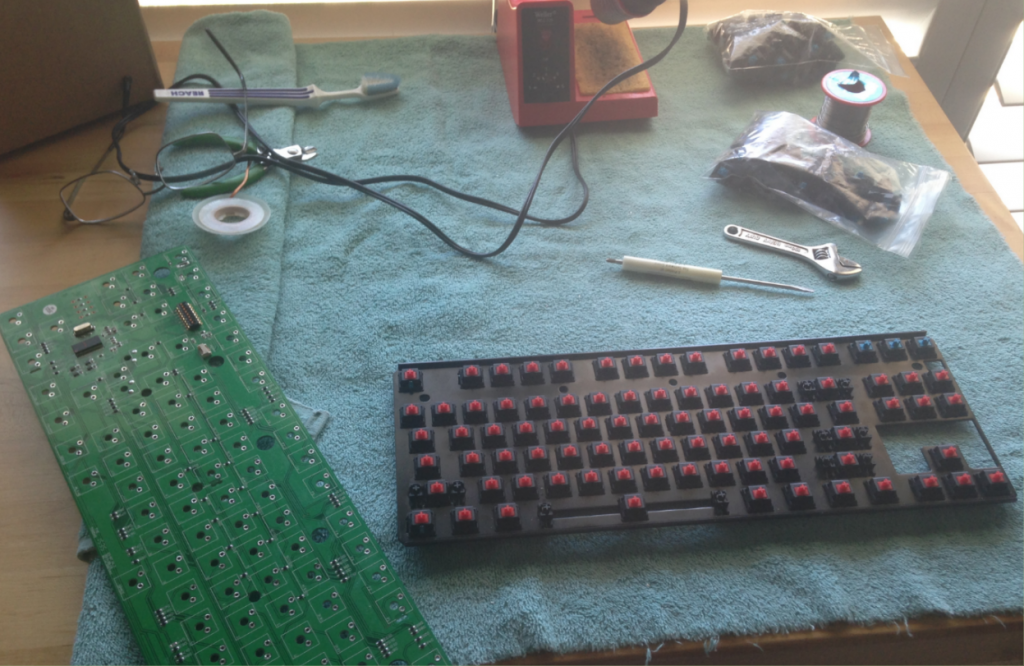Some of you may have heard me mention the program “EarthViewer 3D”. It’s by a company called Keyhole and the free version runs on PC’s that have an NVidia video graphics card.
Anyway, my main computer (Pollux) does indeed have an NVidia graphic card, so some time ago I followed the links and downloaded the 30-day trial. It’s an awesome program, if you have generous gobs of CPU processing power, and NVidia graphic card, and broadband access to the Internet.
Here’s what it does: You fire it up, and you get a window showing a small representation of the globe of the Earth floating in space. Around the sides of the screen you have controls for changing your viewpoint, but you can basically grab your mouse and start viewing the earth. Depress the left mouse button and push to the left: the globe spins to the left. Push to the right: globe spins right. Down, up, the globe rolls under your touch.
Hold the right mouse button down and push up: the globe rushes closer, closer, closer….. closer! You’re floating over a section of the globe. You can get as close as you like – the program downloads image data over the web, and if a detailed resolution image is available, it is served up to you and displayed on the screen. These are satelite images, and in some cases you can zoom in to images resolving objects 2 inches long.
You can overlay country borders; turn on “terrain mapping” so that the satelite pictures are rendered on to a 3-D grid using geographical height-above-sea-level data; you can even enable an overlay to show major roads.
A couple of things prevent this from being a true God Program: The satelite images vary in how up-to-date they are (our housing development in Las Vegas is still shown as un-built, for example); and detailed resolution images are only available for most cities in the USA, plus selected international areas (central London, Paris, etc).
Even without real-time viewing and global coverage, it’s impressive what you can do. You can enter an address and if the program recognizes it, it’ll take you hurtling over the globe and zooming in on the exact building. I remember zooming into downtown Seattle and identifying the Paramount Theater where we were going to see YES in July.
Eventually the 30-day trial expired and I decided not to renew.
Which brings me to the point of this: Seeing as Lisa and I were about to take a road trip to Phoenix tomorrow, through unfamiliar territory, I decided to re-install Earthviewer and see if it worked. It did – but required me to register, $49 for an annual subscription. So I said “what the heck” and did so.
I used EarthViewer to do a virtual aerial fly-over of the route from Las Vegas to Phoenix. I could see the terrain and cross-reference to the map and get a feel for the up-and-down and windiness of the roads we intended to drive on.
It’s a very useful tool. Now I’m a little less nervous about the drive.
Oh, and at 11:00 this morning we had a meeting with our Business Unit Leader and the Associate Developer, who informed us that both Lisa and myself would no longer have a job with Acme as of January 17.

Recent Comments